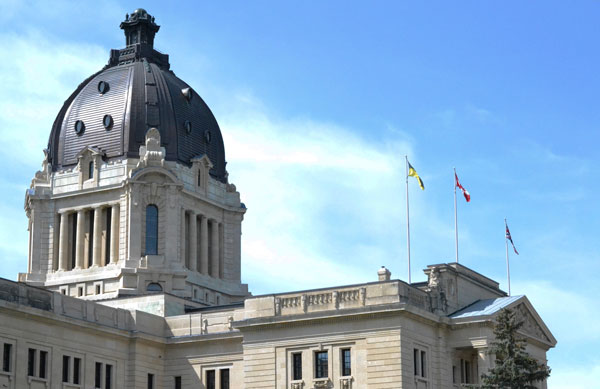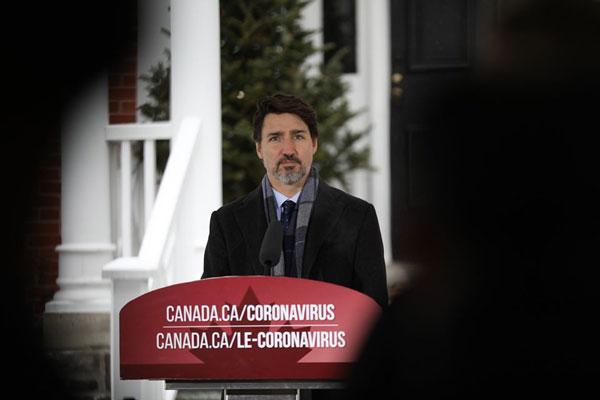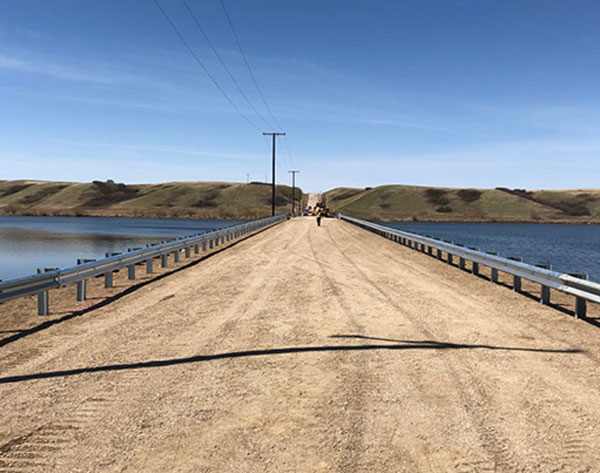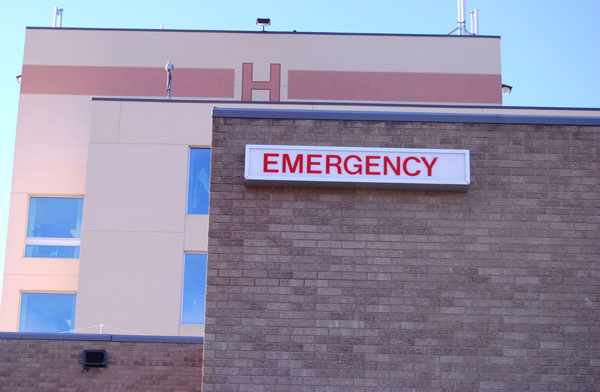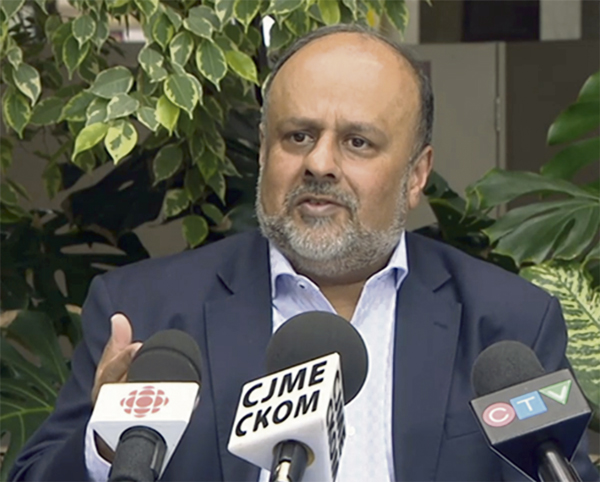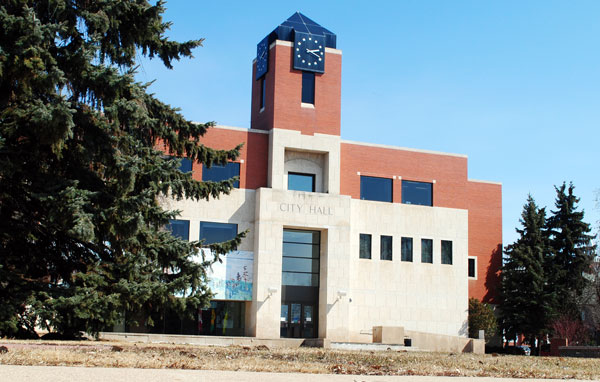The province announced on Friday that the Chief Medical Health Officer’s public health order will be amended to expand visiting guidelines to facilities including acute and long-term care, personal care and group home settings starting Tuesday, July 7.
At the province’s COVID-19 press availability on Friday Premier Scott Moe addressed some of the logic behind the initial restrictions put in place and how they were tough to balance.
“On one hand we all know how important it is for patients in hospital and our parents and our grandparents in long term care homes to have the support of their family and on the other hand we also know that the most dangerous and deadly outbreaks in Canada and elsewhere have been in health facilities, in particular in senior’s homes. So it was absolutely crucial that we protected the patients, the residents and the staff in each of those facilities,” Moe said.
Moe thought the restrictions had worked and that the province could now move forward.
“We have not been hit by the kinds of outbreaks in our senior’s homes in Saskatchewan that we have seen in other places. But at the same time we understand how hard it has been for seniors and their families not to be able to visit in person,” Moe said.
This standard will be applied across all settings to ensure clarity for patients and residents, family and friends, and the health care staff to ensure that family and support presence can occur in a safe manner as the COVID-19 pandemic event continues.
“Today we are loosening those restrictions to allow more in person visits while at the same time we are making every attempt to protect our patients, to protect our residents, to protect our family members, as well as to protect the staff in these facilities from the spread of COVID-19,” Moe said.
Beginning July 7 two family members or support persons can be identified to support patients and residents.
“Only one support person or family member can be present in the facility at a time. Two people can be present at one time for maternal services, for our critical care services, intensive care or palliative care patients. Additional family members or support persons may be identified for end of life, for palliative and intensive critical care as outlined in the Saskatchewan Health Authority family presence guidelines.
“I am pleased that we are able to allow more opportunities to visit family and loved ones in these facilities while still insuring every precaution to keep patients, our residents and staff safe is in place,” Moe said.
Two people can be present at one time if physical distancing can be maintained for: Critical care/intensive care patients, end of life/palliative care patients or residents and Maternal Services Units (Maternal and Postpartum Units, Neonatal Intensive Care Units, Pediatric Intensive Care Units, Pediatric Units)
Chief Medical Health Officer Saqib Shahab explained that the new measures will add a level of complexity.
“Staff have to be screened and they have to use proper PPE and of course visiting outside the facility in summer for example is a safer way to visit but that also means extra resources,”
“Extra precaution requires both staff to take precaution but also visitors to be cautious, not visiting if they are not well or if they have been exposed to a high risk situation in 14 days or over and also making it easy for the staff to support that visit even as the restrictions are opened up a bit,”
Family members and support persons must follow safety requirements including the wearing of a medical grade mask, physical distancing, hand hygiene, limited movement within a facility or home according to current public health orders.
Additional family members or support persons may be identified for end of life, palliative and intensive/critical care, as outlined in the Saskatchewan Health Authority (SHA) Family Presence Guidelines, which are available at the SHA website.
“I am pleased that we are able to allow more opportunities to visit family and loved ones in these facilities while still insuring every precaution to keep patients, our residents and staff safe is in place,” Moe said.
These guidelines will apply to patients, outpatients, clients and residents in SHA facilities, long-term care homes and affiliate organizations, personal care homes, and Ministry of Social Services Group Homes. Settings that require additional time to ensure adequate supplies of PPE, appropriate and safe visit spaces, and health screening of visitors may take until July 13 to fully implement the new guidelines.
Shahab also noted that everyone should be more careful.
“Extra precaution requires both staff to take precaution but also visitors to be cautious, not visiting if they are not well or if they have been exposed to a high risk situation in 14 days or over and also making it easy for the staff to support that visit even as the restrictions are opened up a bit,” Shahab said.
Before planning to visit a care or group home, call ahead to determine the requirements of that facility as they may require a scheduled appointment.

